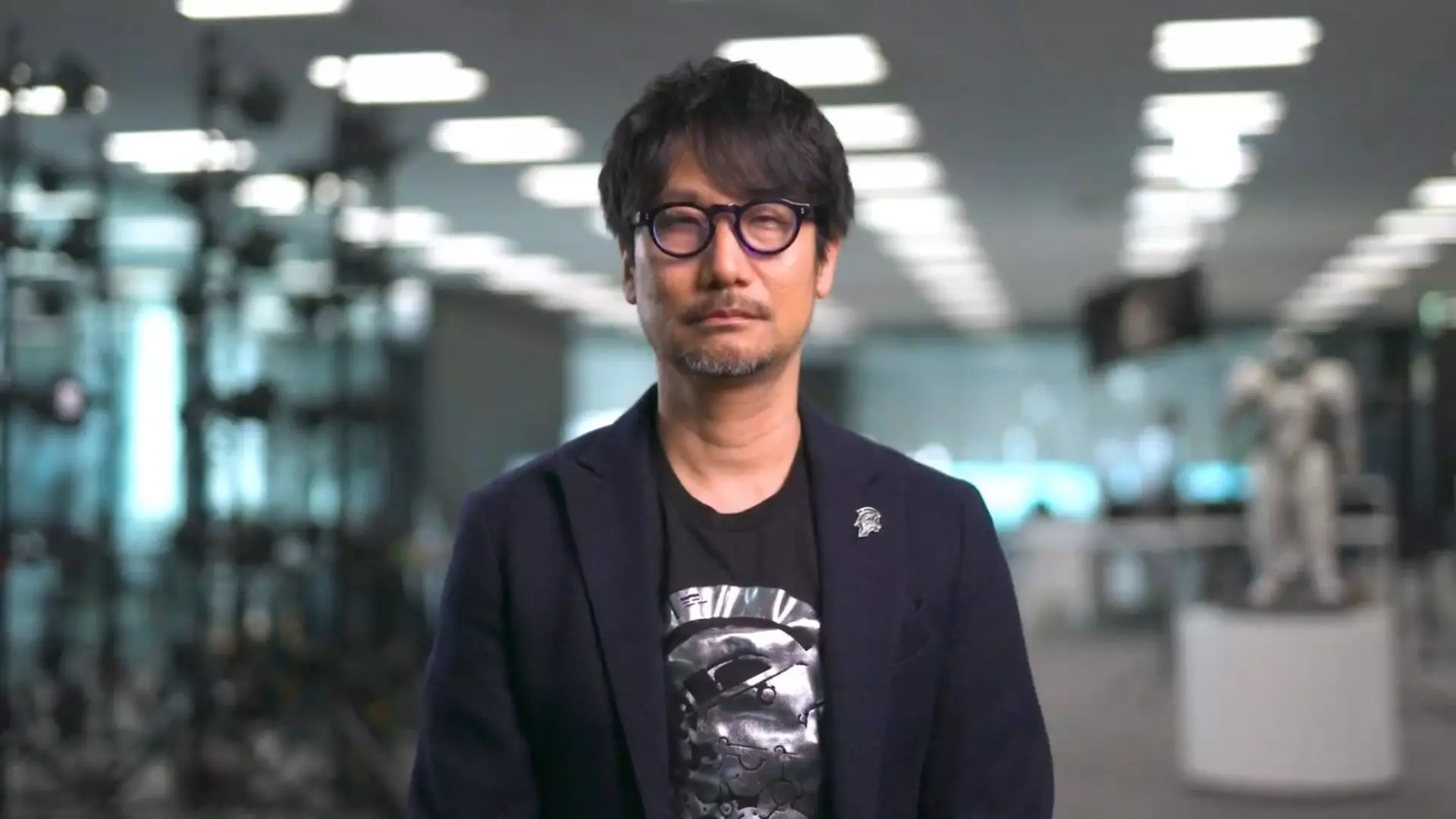The gaming world is abuzz with the launch of “Death Stranding 2: On the Beach,” a title that has already garnered high praise and impressive scores. As players navigate the vastness of new terrains across Mexico and Australia, the game at its core reflects creator Hideo Kojima’s signature style—a blend of haunting narrative and immersive gameplay. However, what’s equally fascinating is not just the game itself, but also the cultural layers surrounding its release. In an age where interaction extends beyond the gameplay, Kojima seems to epitomize the multifaceted nature of modern creativity.
It’s noteworthy to observe that even as fans dive into the digital realms of “Death Stranding 2,” Kojima chose an entirely different avenue for engagement: attending a New Japan Pro Wrestling event. While Die-Hard gamers reveled in their adventures, Kojima found solace in the gritty spectacle of hardcore wrestling, underscoring his propensity to explore chaos as a narrative device. Through this act, he tightly wove together themes of struggle, resilience, and the interconnectedness of various forms of entertainment—elements that echo throughout his work.
The Weight of Expectation
Yet, amid the accolades and the enthusiasm from playtesters—who were so enamored with the initial gameplay that alterations to the script were made—Kojima seems to carry the weight of expectation on his shoulders. His acknowledgment of the potential pitfalls of excessive positivity indicates a unique transparency that is rare among prolific creators. This contemplative approach to feedback and critique reveals a deeper thematic exploration within his latest project and perhaps a desire for balance in artistic expression.
What brings forth an intriguing tension is the notion that such belief from fans could hinder creativity. The balance between criticism and praise is delicate; too much affection can lead an artist to lose touch with their original vision. This dichotomy reflects Kojima’s multifaceted career, as he navigates through the delightful chaos of both gaming narratives and wrestling’s brutal artistry.
The Influence of Wrestling as Entertainment
Kojima’s foray into the wrestling world further unveils hidden layers of his inspirations. Wrestling itself is multifaceted, navigating between performance art and sport, embodying drama, and engaging emotions that resonate with audiences. The event he attended featured the experience of brutality and theatrical storytelling, elements central to both wrestling and video games. In fact, the compelling narrative tied to figures like Jun Kasai, who embodies the chaos of existence, resonates deeply with Kojima’s ethos.
The possibility of Kojima delving into the wrestling game genre isn’t merely hypothetical; it evokes the potential for a unique fusion of storytelling and gameplay mechanics that we’ve yet to fully explore. Imagine embodying the spirit of characters from both the wrestling ring and the expansive worlds he creates, blending mechanics from fighting games with the immersive narratives he is known for—the very prospect is tantalizing.
A Call for Innovative Narratives
Ultimately, Hideo Kojima stands at the intersection of various art forms, unafraid to experiment and chase inspiration across mediums. As the gaming landscape evolves, there’s an urgent call for innovative narratives that challenge the status quo, and Kojima, with his eclectic interests, may very well lead this charge. The potential fusion of gaming with other cultural phenomena, like wrestling, offers a glimpse into a boundless universe where creativity knows no limits—a thrilling prospect for fans who eagerly anticipate what comes next from the mind of this visionary creator.

